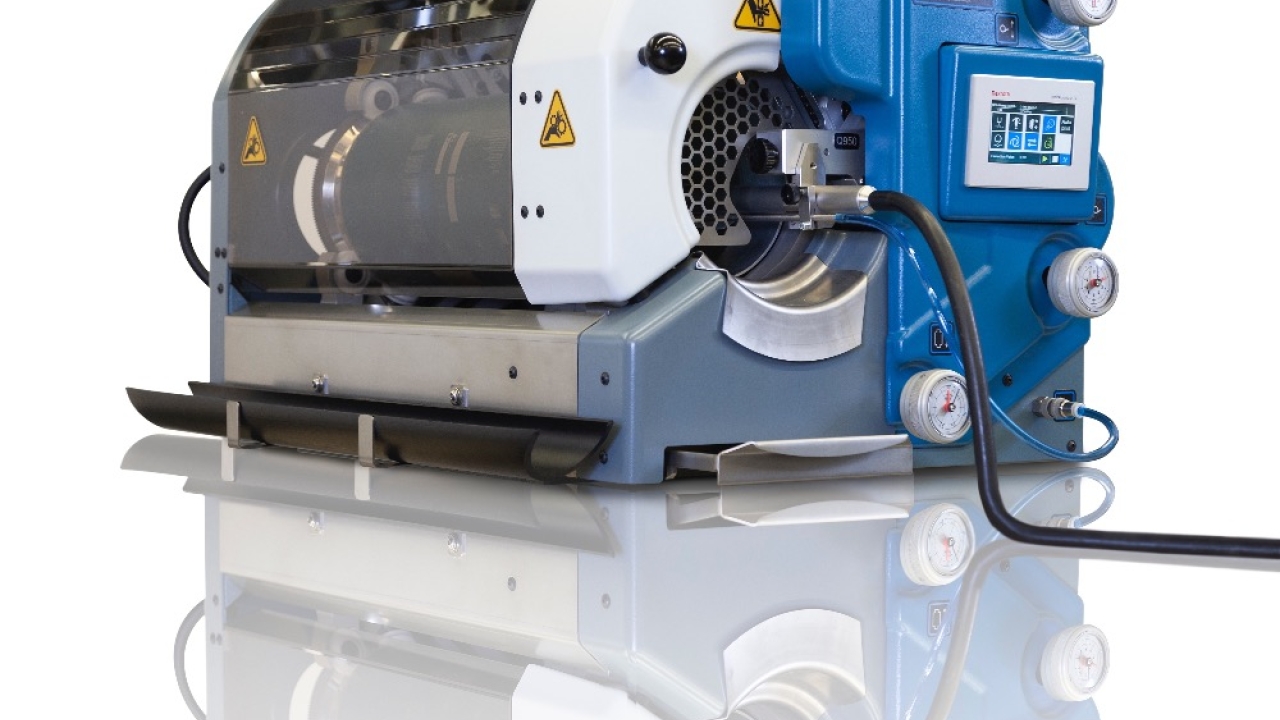SPGPrints launches rotary screen integration module
SPGPrints’ has launched a new RSI III – the third generation of its rotary screen printing integration module for label and packaging presses. The machine features time, safety and ergonomic innovations for increased production efficiency.

SPGPrints has introduced guards to prevent contact with the rotating screen, squeegee pipe and gear wheels, which can significantly reduce the risk of injury.
A new web-cleaning scraper, positioned on a guiding roller immediately after the nip between the screen and substrate, automatically removes undesired ink splashes on the web that may have spilled from the screen during stoppages or slow-rotation mode. Operated only for the first one-and-a-half screen rotations at the start of the production run, the scraper ensures thorough drying of the substrate at all times. This minimizes the risk of ink contaminating the rollers, thereby reducing the cleaning requirement. Its long-life plastic blade collects the UV-curable ink in a pan attached to the scraper, which is easily removed for fast cleaning.
A new color interface display offers enhanced visibility with a wider angle of observation. This means that operators can monitor and control the unit without needing to view the screen at eye level, minimising risk of strain injury. Among other benefits, this facilitates easier monitoring of controls and ink levels.
The RSI III unit is fully compliant with the latest version of European Union RoHS (Restrictions of Hazardous Substances) regulations which stipulate that all electronic machine components and manufacturing processes must be free of materials hazardous to health and the environment.
Introduced in 1994, and with over 1000 installations worldwide, SPGPrints’ RSI module has enabled the seamless integration of rotary screen printing into single-pass label converting lines. The RSI module, along with with SPGPrints’ pure nickel re-imageable RotaMesh and reusable RotaPlate rotary screens, are often used for creating tactile varnishes, metallic and glitter inks, opaque inks, braille dots and optically variable inks for security applications.
Stay up to date
Subscribe to the free Label News newsletter and receive the latest content every week. We'll never share your email address.

